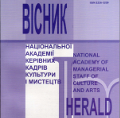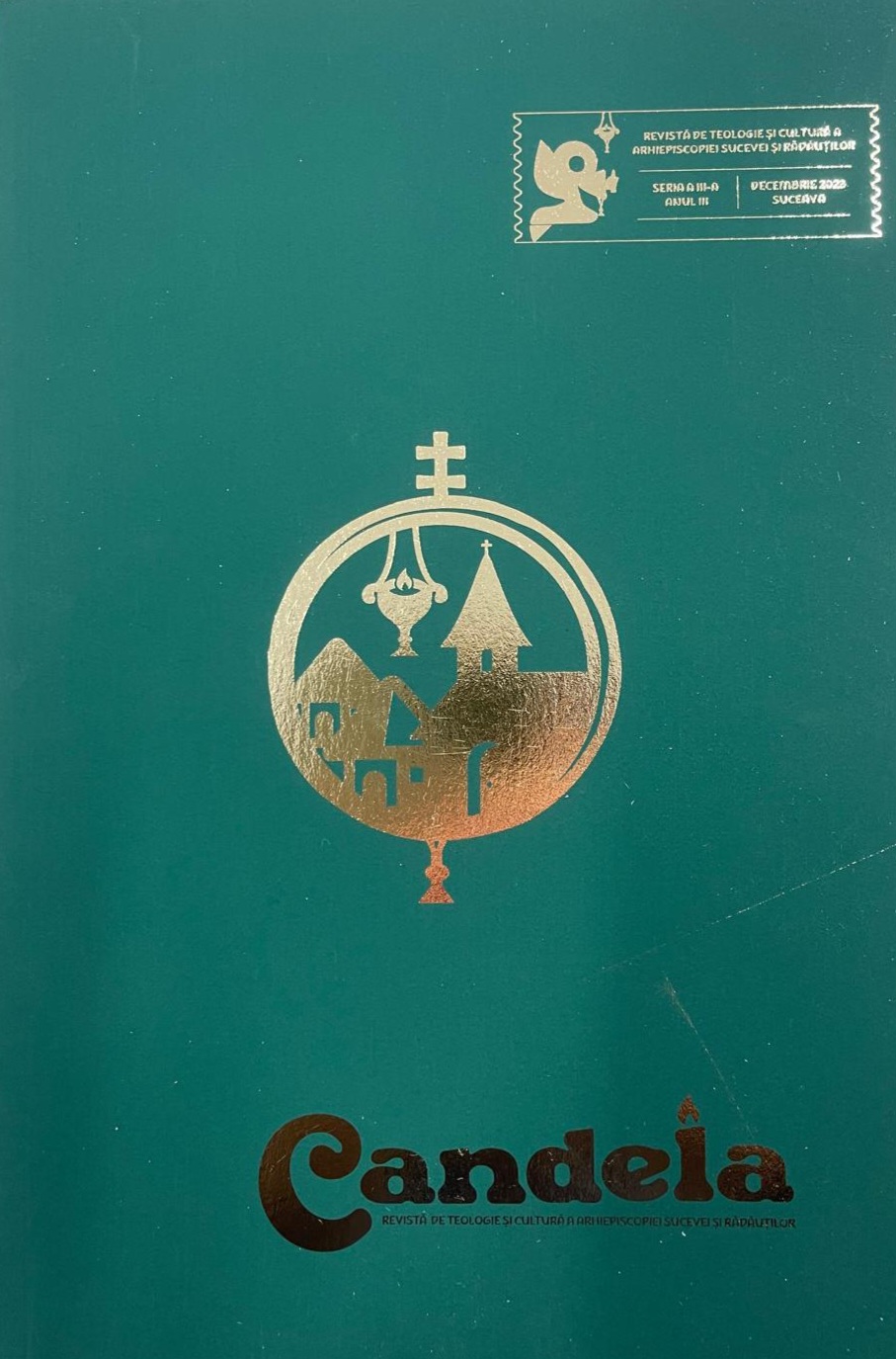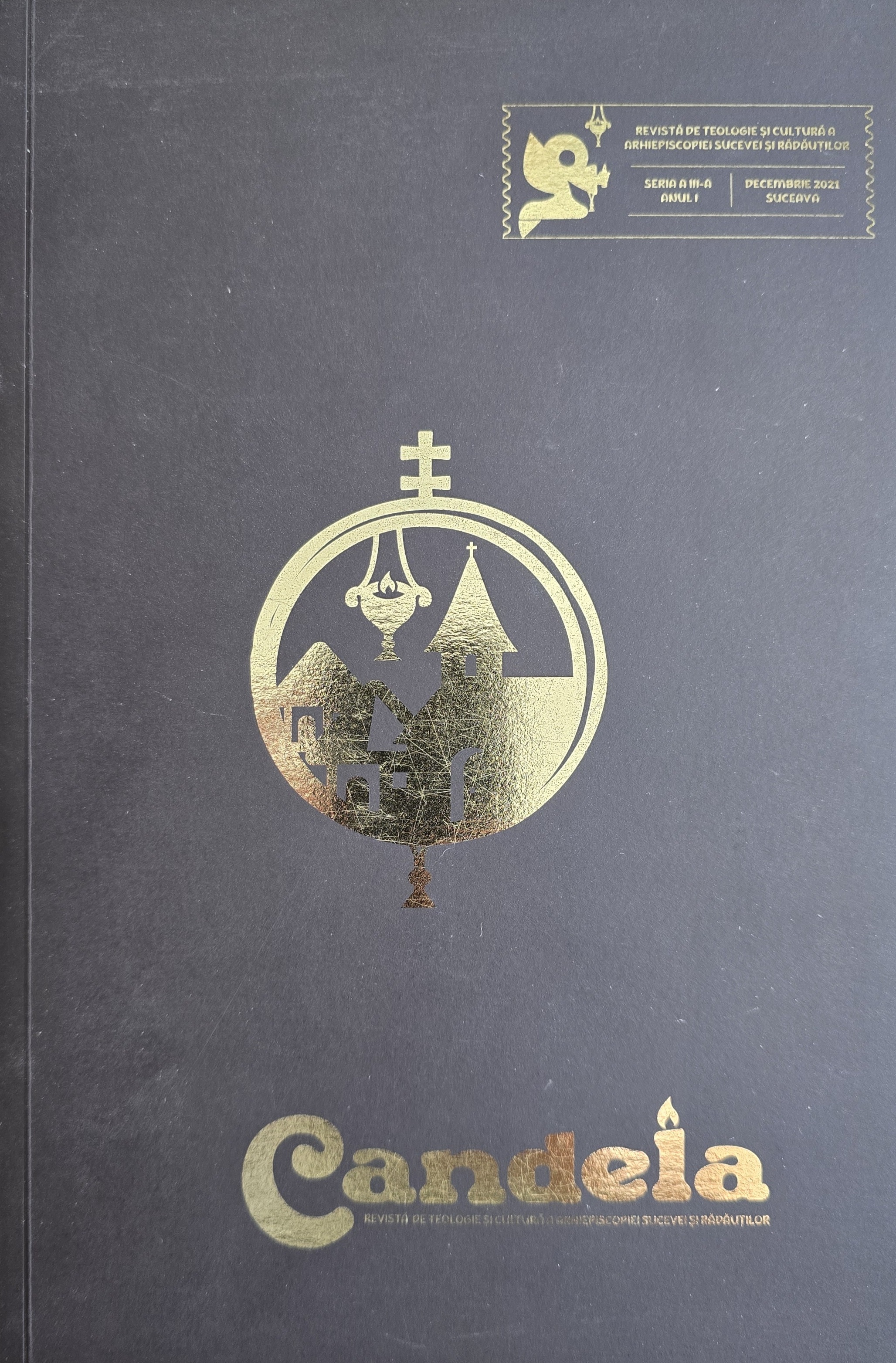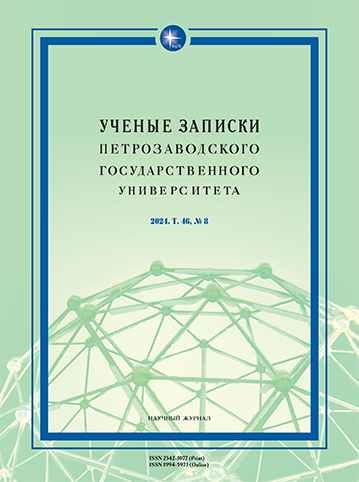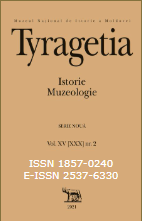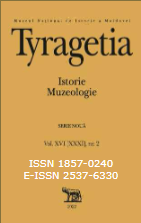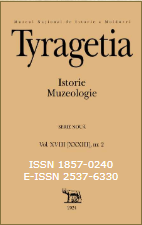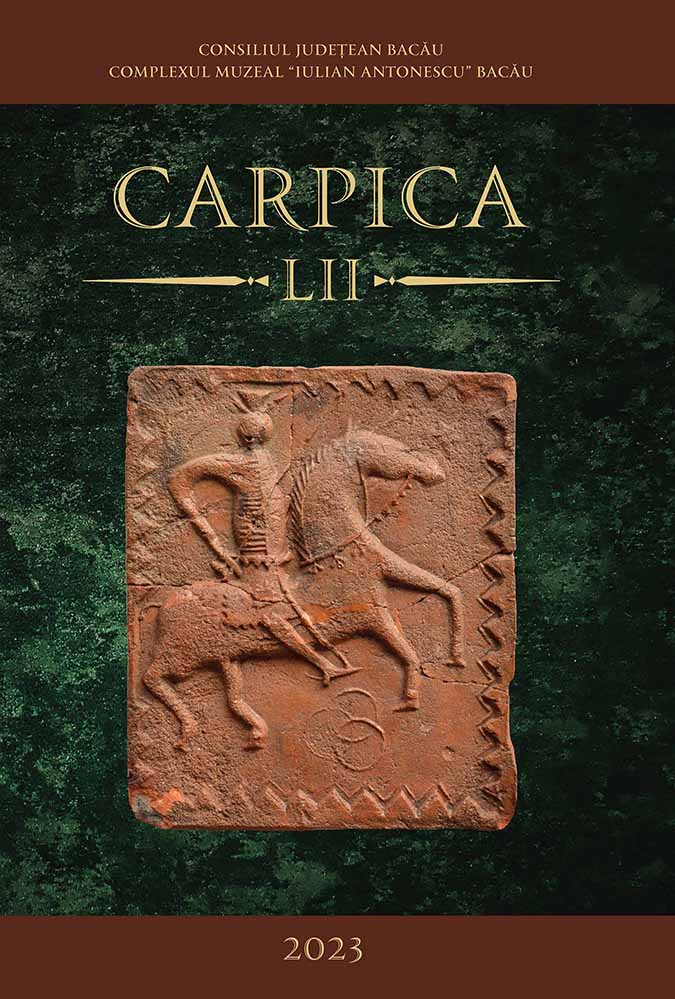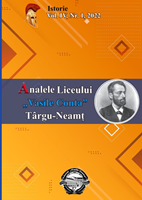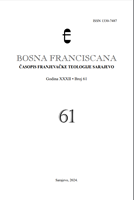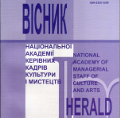
СТИЛЬ КЛАСИЦИЗМ У НАСТІННОМУ ЖИВОПИСІ ХРАМІВ КИЄВО-ПЕЧЕРСЬКОЇ ЛАВРИ
The purpose of the article is to study the features of the classicism style in mural paintings of the Kyiv-Pechersk Lavra churches. The research methodology based on the complex using of historical and cultural analysis, art study one, biographical method. The scientific novelty of the study. The implementation of the classicism style in the mural painting of the Kyiv-Pechersk Lavra is discovered. The archival descriptions of murals, photos, cartograms have been put into scientific circulation. On the basis of records, the stylistic signs of classicism in the mural paintings of the side-altar of the St. apostle and evangelist John the Theologian of the Great Church and the interior of the Church of Nativity of the Most Holy Theotokos have been researched. It has been revealed, thanks to which principles of the construction of composition and colour, as well as specific decorative elements classicist mural paintings have been created in the compartments of these churches. On the basis of stylistic analysis and analysis of archival documents, the working hypothesis for the improvement of the attribution of mural painting of the Church of Nativity of the Most Holy Theotokos has been proposed. Its connection with the painting baroque decoration of the Great Church (Dormition Cathedral) has been observed. Conclusions. The classicism style was represented in the mural painting of the Kyiv-Pechersk Lavra churches in the 19th century. The murals of the side-altar of the St. Apostle and evangelist John the Theologian of the Great Church and the interior of the Church of Nativity of the Most Holy Theotokos were created in the classicism style. The painting decorations of the side-altar and the church were formed on the general principles of classicist composition, such as strict symmetry, a calm and clear rhythm, an ordered structure, and emotional restraint. The artist painted a number of elements of the classicist architecture such as caissons, elements of the Corinthian order, rust, etc. He created the illusion of bas-reliefs and stucco moulding thanks to the use of the grisaille technique. He painted illusory gilt frames of various shapes that bordered the compositions, stylized monochrome ornaments. He chose blue (the symbolic colour of the Theotokos) and shades of gray as dominants for colour. The analysis of the artistic style and records made it possible to propose the working hypothesis regarding the authorship and time of creation the murals of the Church of Nativity of the Most Holy Theotokos. They were painted, as well as murals of the side-altar of the St. Apostle John the Theologian by Kornilii Voloshynov during 1837–1838. In the mural painting of the church, in the plots and locations of the compositions there were borrowings from the baroque decoration of the Church (Dormition Cathedral).
More...
